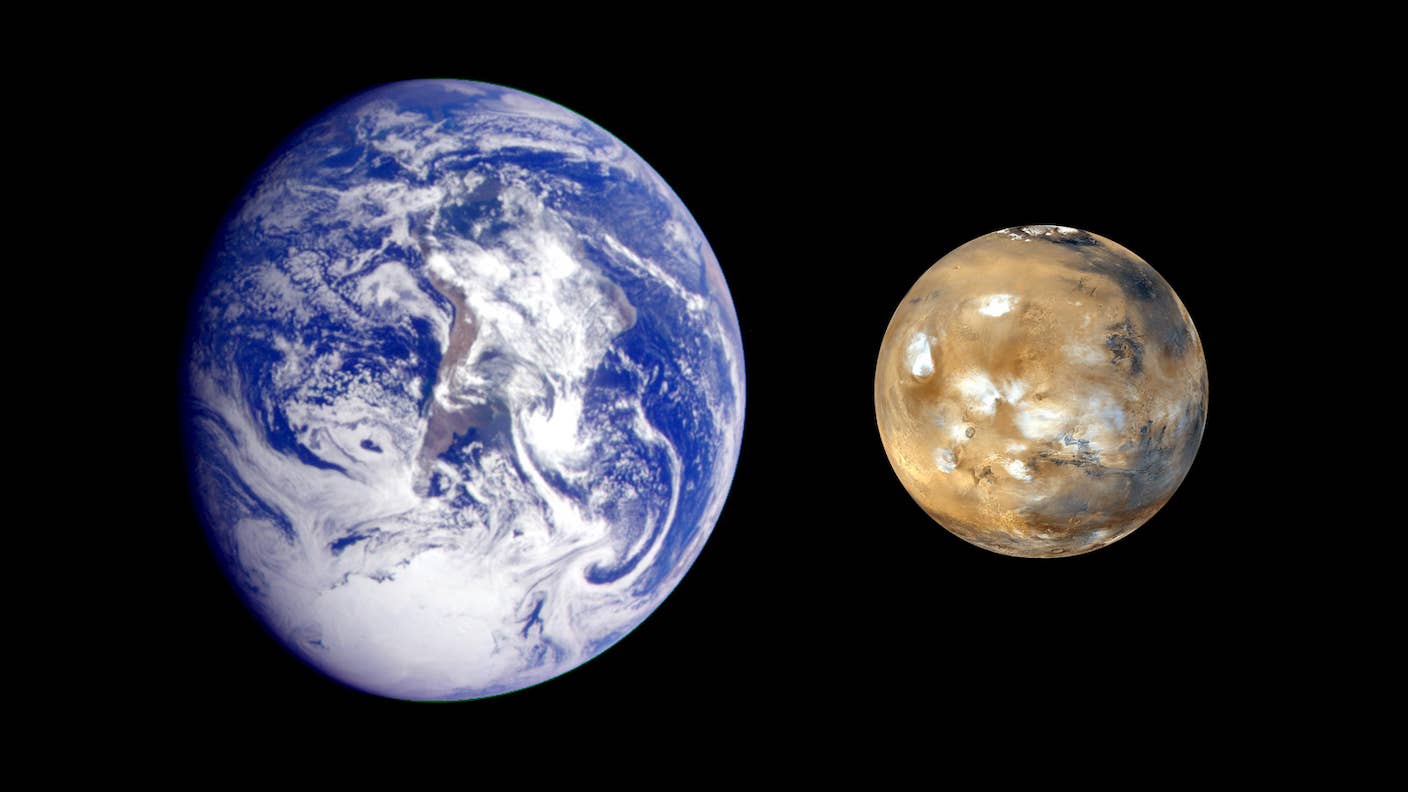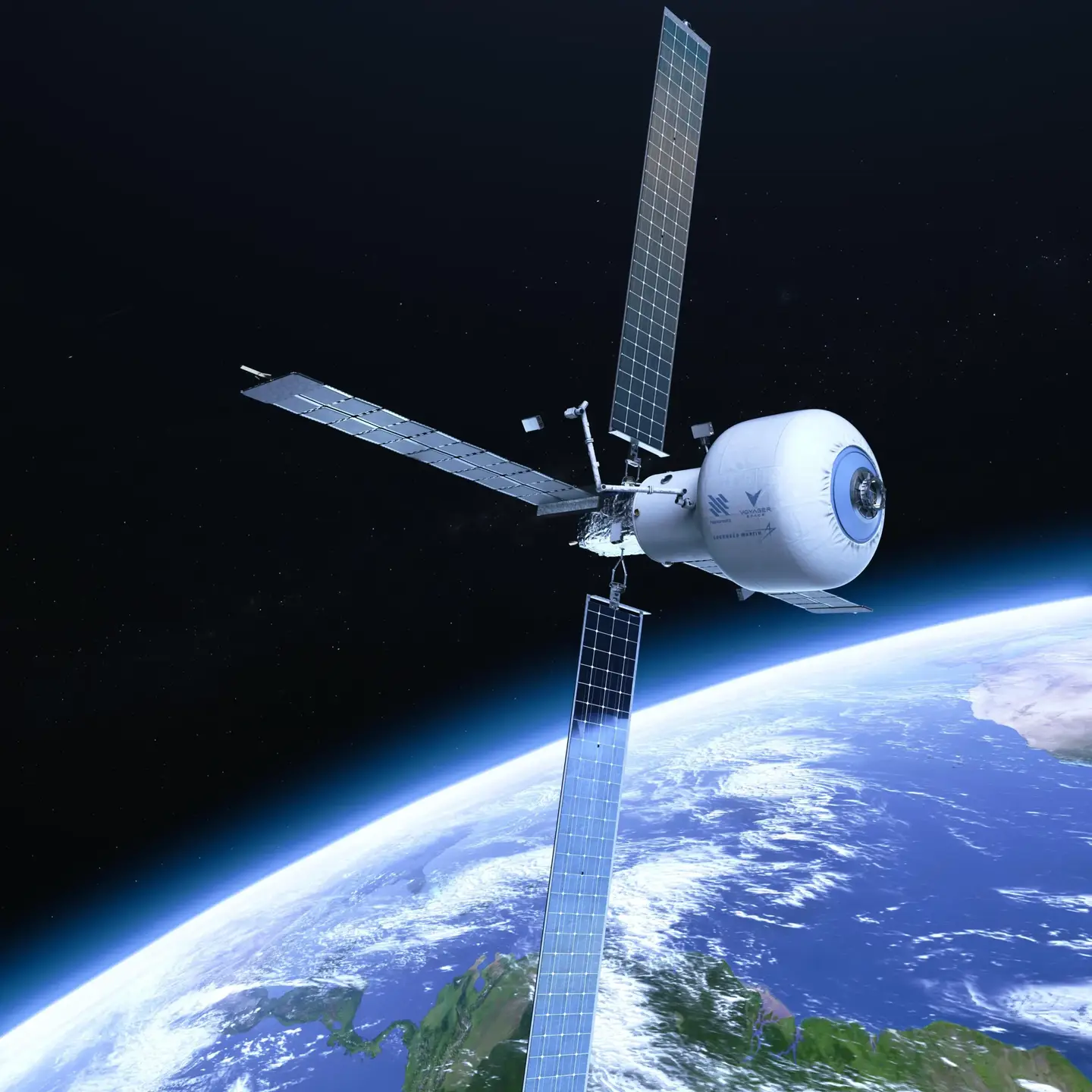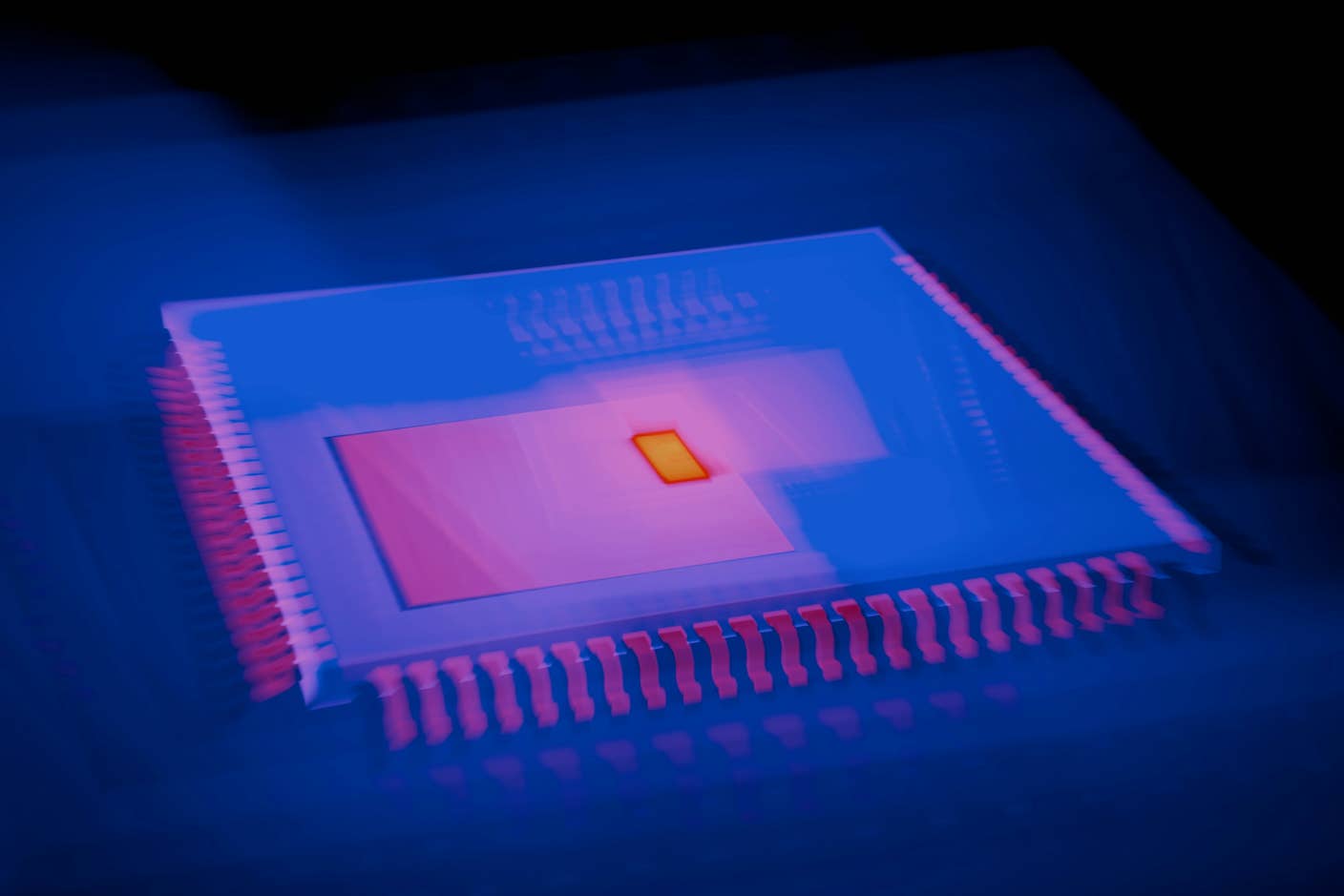Watching This Simulated Star Die Is Mesmerizing…and Good Science Too

Share
Traditionally, we’ve done science by observing nature in person or setting up experiments in the lab. Now, a relatively new scientific technique is proving a powerful tool—simulating nature on supercomputers.
A few years ago, Caltech astrophysicists released a supercomputer simulation of a supergiant star’s core collapsing just prior to going supernova. Apart from a stunning visual, simulations like this hinted that Type II supernova explosions were asymmetrical—a guess just recently backed by empirical observation.
It’s worth taking a moment to appreciate what’s going on in the video.
Type II supernovae happen when a massive star exhausts its nuclear fuel. As fusion shuts off, the core collapses, forcing electrons and protons together to form a tightly packed nugget of neutrons. The neutrons can withstand gravity, and the collapse halts and bounces, sending a shock wave through the star’s layers.
The star implodes and then explodes. Scientists long ago worked out that much in equations and theories. But before supercomputers they didn't (and couldn't) know what the process looks like in practice.
Now, of course, we can run as many different scenarios as we like. And as the above example clearly shows, the process is a very turbulent affair. (It’s thought the turbulence is caused by a burst of neutrinos in the collapsing core). In fact, when researchers ran simulations of symmetrical explosions—they fizzled.
"If you make everything just spherical, the core doesn't explode. It turns out you need asymmetries to make the star explode," says Fiona Harrison, the Benjamin M. Rosen Professor of Physics at Caltech, and NuSTAR's principal investigator. But a simulation isn't enough. You need to go find proof in nature.
This is the cool bit. Recent observations from the NuSTAR telescope offer strong evidence that supernova 1987A—a Type II supernova in the Large Magellanic Cloud, about 166,000 light years away from Earth—was indeed a very lopsided affair. Analyzing the Doppler shifts of energy from titanium-44, the team found most of the material was moving away from NuSTAR, suggesting the blast was asymmetrical.
Be Part of the Future
Sign up to receive top stories about groundbreaking technologies and visionary thinkers from SingularityHub.


Though prior observations from other telescopes hinted at asymmetry in 1987A, this is the strongest evidence yet. And the behavior we observe in simulations lends further credence to the theory.
We couldn’t do science like this even a few decades ago, when our telescopes first picked up light from 1987A. Not even close. The day's huge supercomputers were about as powerful as the phone in your pocket.
No more.
Christian Ott, a professor of theoretical physics at Caltech, and his team’s supernova simulations detail a mere few tenths of a second—and each requires hundreds of terabytes of information. That’s tens of times the data in the US Library of Congress. A similar supernova simulation took Europe’s fastest supercomputers four and a half months to construct—and the simulation covers less than half a second.
The 1987A study is a cool example of how simulation can inform theory. And with increasingly powerful supercomputers, the simulations will improve in coming years. What will we discover with next-generation supercomputers? New materials? The molecular causes of disease? How the brain works? Stay tuned.
Image Credit: Ott/Caltech (simulation), Drasco/Calpoly San Luis Obsipo (visualization)
Jason is editorial director at SingularityHub. He researched and wrote about finance and economics before moving on to science and technology. He's curious about pretty much everything, but especially loves learning about and sharing big ideas and advances in artificial intelligence, computing, robotics, biotech, neuroscience, and space.
Related Articles

What If We’re All Martians? The Intriguing Idea That Life on Earth Began on the Red Planet

The Era of Private Space Stations Launches in 2026

This Light-Powered AI Chip Is 100x Faster Than a Top Nvidia GPU
What we’re reading
